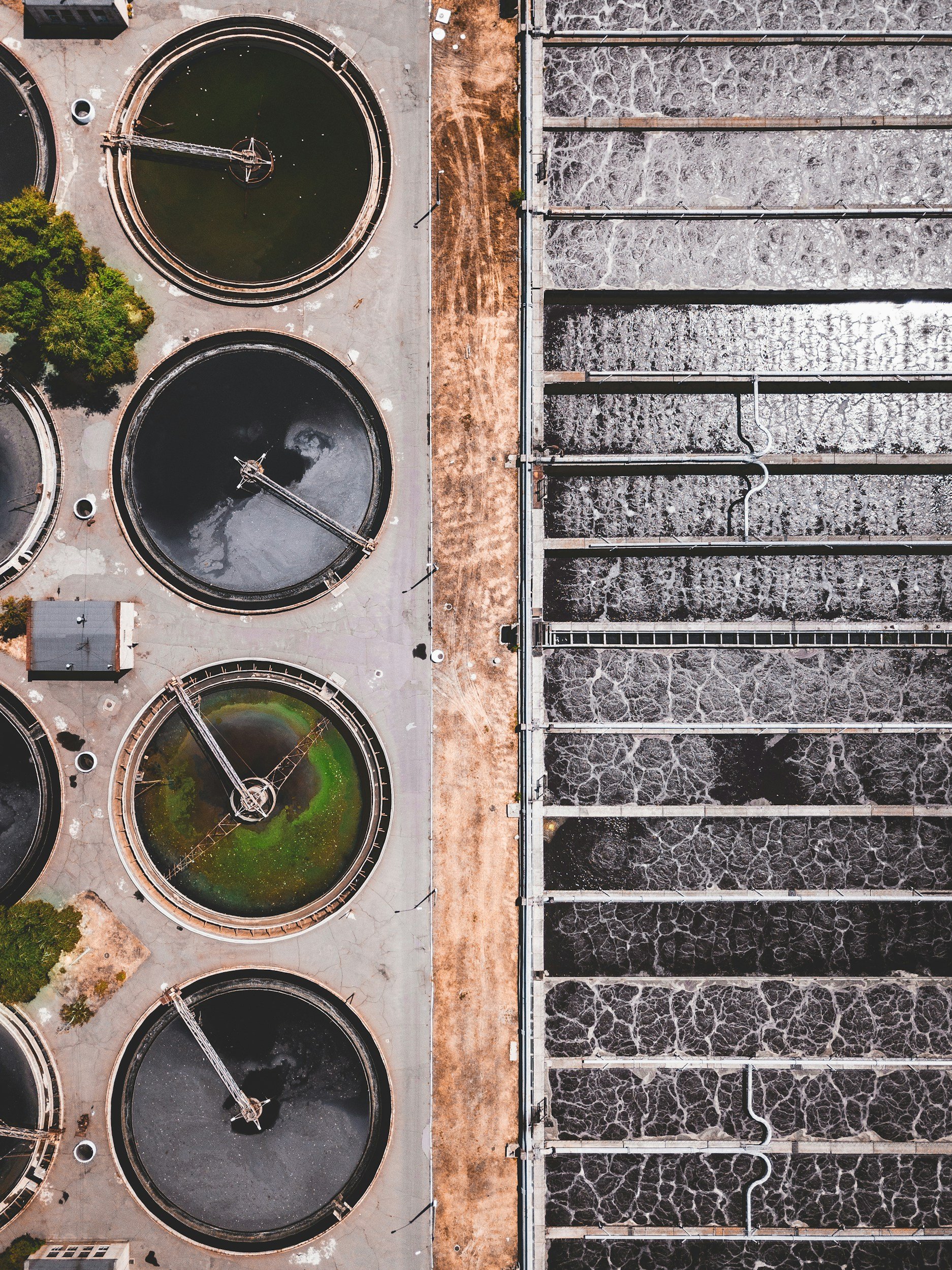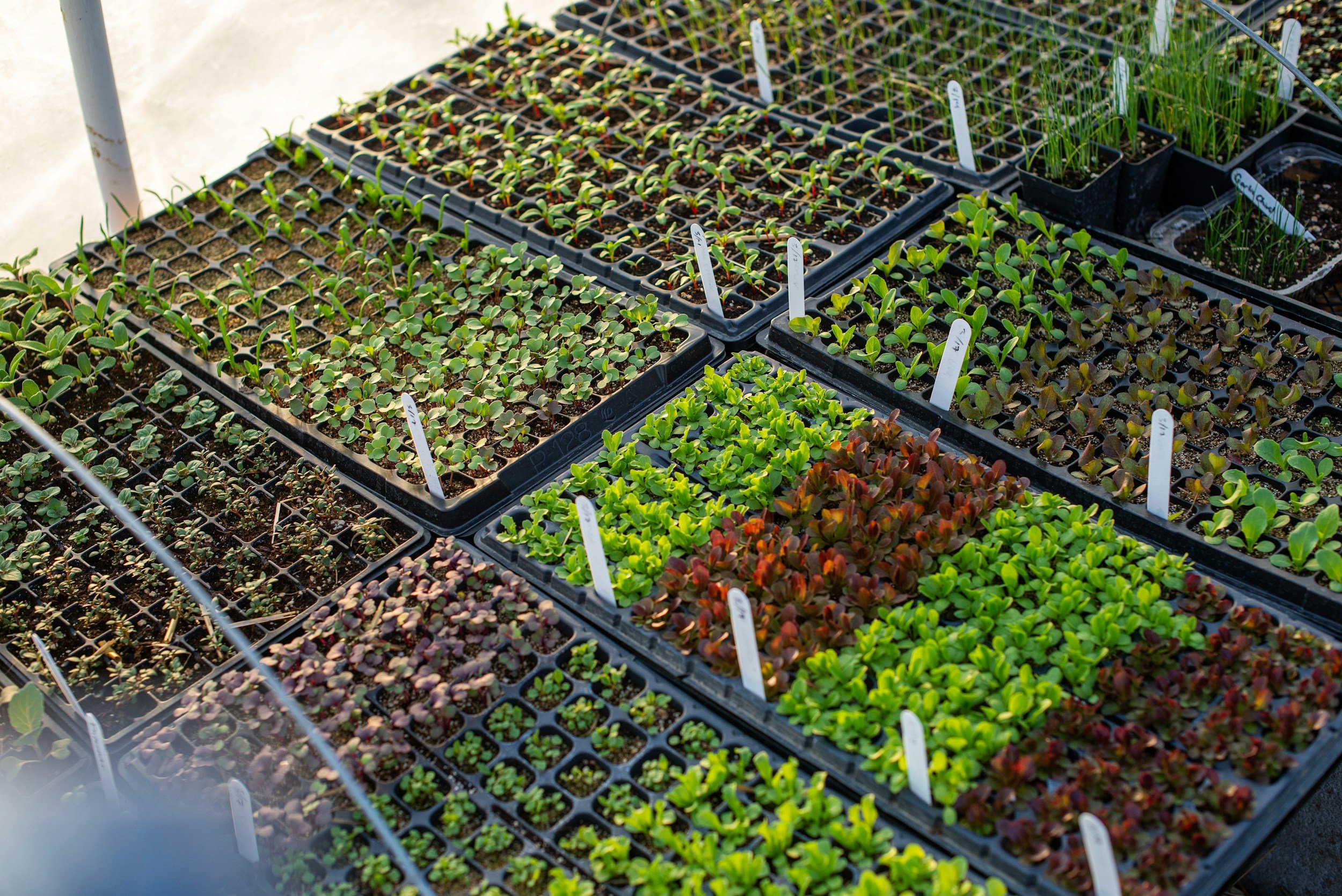
Global Fertilizer Shortage: What Makes a Good Liquid Fertilizer
At the heart of any quality liquid fertilizer is its nutrient content. Plants require three primary nutrients: nitrogen (N), phosphorus (P), and potassium (K)—often referred to as N-P-K in the agricultural industry. These elements are crucial for growth, root development, and overall plant health. Nitrogen boosts foliage growth, phosphorus supports root formation and flower production, and potassium strengthens the plant’s resistance to diseases and helps in water regulation. A well-balanced liquid fertilizer provides these nutrients in concentrations appropriate for specific crops or growing conditions.

Global Fertilizer Shortage: Understanding the Nutrient Makeup of Aquamation Wastewater
The process of aquamation breaks down the organic matter of the body using water, heat, and an alkaline solution. As a result, the wastewater contains essential nutrients such as nitrogen, potassium, and phosphorus—key elements needed for healthy plant growth. Nitrogen helps plants grow strong stems and leaves, phosphorus supports root development, and potassium enhances overall plant health. These nutrients make the wastewater an intriguing candidate for use as a liquid fertilizer

Global Fertilizer Shortage: Sustainable Farming and the Future of Agriculture
One of the key principles of sustainable farming is the use of natural resources in a way that doesn’t deplete them for future generations. This means finding alternatives to synthetic fertilizers, which are energy-intensive to produce and contribute to soil degradation over time (Kremen & Miles, 2012).
